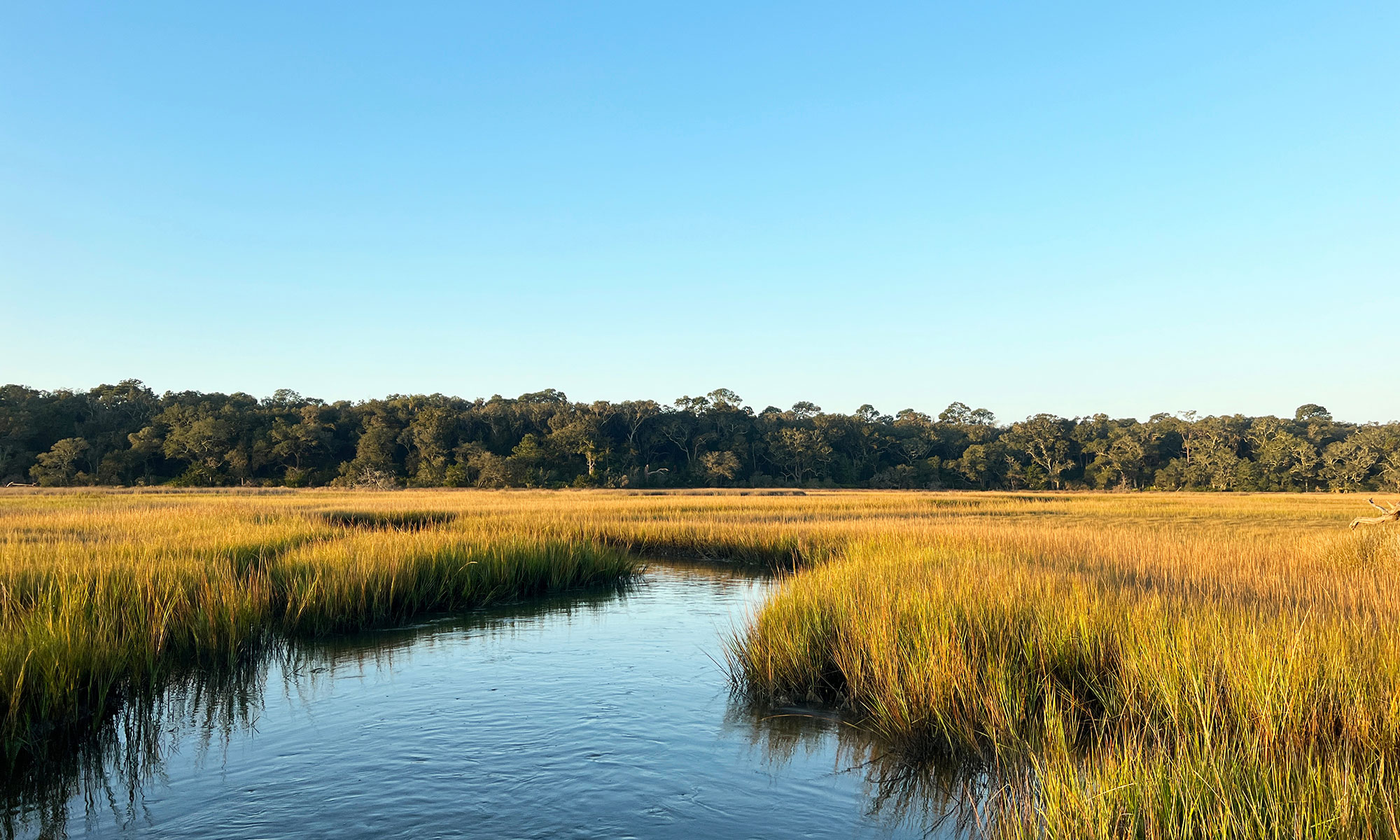Growing up in canal-kissed Venice, Italy, Alberto Canestrelli, Ph.D., felt a deep connection to water.
“Venice is a city shaped by the sea,” he said. “I was always fascinated by the interaction between human-built environments and natural forces. I quickly realized that my passion lies in understanding the physics and dynamics of coastal systems. That curiosity eventually led me to study civil and environmental engineering and specialize in coastal and estuarine processes.”
That curiosity has served him well.
Now an associate professor with the University of Florida’s Engineering School of Sustainable Infrastructure & Environment (ESSIE), Canestrelli won a prestigious, $596,956 CAREER Award from the National Science Foundation this summer. The award will fund his research on protecting sensitive salt marshes with the help of ribbed mussels.
“These ecosystems are essential to the health and prosperity of coastal communities across the United States,” Canestrelli noted in the project’s abstract. “They help protect shorelines from storms, support biodiversity, filter pollutants, sequester carbon and sustain local economies through fisheries, recreation and tourism.”
Yet rising sea levels threaten salt marshes, prompting coastal researchers to seek natural solutions. Enter ribbed mussels, which serve as filter feeders in salt marshes but are less tasty than their non-ribbed, appetizer-friendly cousins.

“Ribbed mussels, which form clusters known as mussel mounds, may help marshes keep pace with rising waters by filtering sediments, depositing material and enhancing plant growth,” Canestrelli said.
The NSF CAREER project will include fieldwork in Sapelo Island, Ga., mapping marsh topography and mussel mound distribution with drone-based LiDAR, tracking water flow aerial imagery, measuring current profiles and sediment concentration with acoustic and laser sensors, collecting sediment samples and modeling to determine how ribbed mussels help marshes keep pace with sea-level rise.
There also is a workforce development component, as rising high school seniors will assist in the hands-on, knee-deep research.
“This research will directly promote the progress of science and advances the national interest by contributing to sustainable coastal protection,” he said.
Here is more on the project and ESSIE’s latest CAREER Award winner:
What prompted this research?
The recognition that salt marshes are not only vulnerable to sea-level rise, but their resilience is tightly coupled to biological processes, particularly the role of foundation species like Geukensia demissa, or ribbed mussels. Ribbed mussels form mounds that filter suspended sediments and deposit them as bio-deposits, feces and pseudofeces, which raise ground elevation and stimulate cordgrass growth, creating a positive feedback loop.
While vegetation’s effect on sediment trapping and marsh deposition has long been studied, ribbed mussels remain understudied despite their potential to enhance vertical marsh growth and long-term resilience.
What is the most fascinating part of this project?
What fascinates me most is how ribbed mussels, small filter feeders living in clusters at creek edges, can have a disproportionately large effect on marsh morphology and resilience. Their ability to trap sediment and enhance organic matter deposition exemplifies how biological organisms can actively shape their physical environment. Also, the project integrates cutting-edge field instrumentation, analytical theory and numerical modeling, offering a rare opportunity to bridge scales, from microbially mediated processes in sediments to landscape-scale changes visible from satellites.
What will success look like with this project?
Success will mean producing a predictive and transferable model of mussel–marsh–hydrodynamic interactions that can inform restoration and conservation decisions under different sea level rise and sediment availability scenarios. It also includes developing open-source tools that can be used by managers and stakeholders. Although this work is grounded in Georgia, the underlying mechanisms are broadly applicable to marshes throughout the U.S. East and Gulf coasts.
What brought you to UF?
I joined in December 2017. UF offered a unique convergence of strengths in coastal science, engineering, and ecology. The proximity to diverse estuarine systems, including the Sapelo Island National Estuarine Research Reserve (south Georgia) and Guana Tolomato Matanzas National Estuarine Research Reserve (north of St. Augustine), allowed me to combine field-based and modeling work within an interdisciplinary research community. The university’s support for collaborative, applied science made it an ideal place to pursue long-term projects like this CAREER award.

